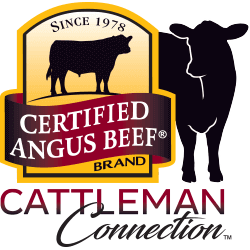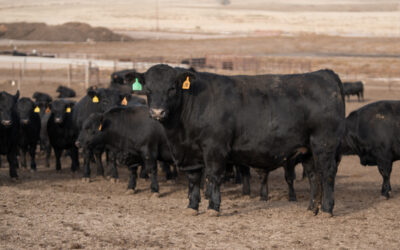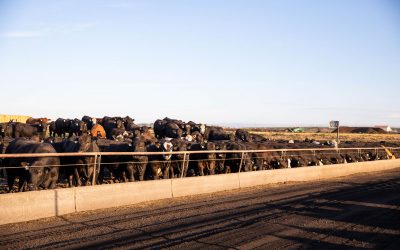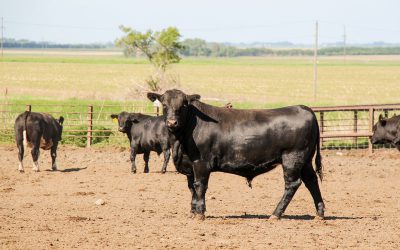
Get the CAB Insider
For Cattle Market Clarity
For more than 10 years, Paul Dykstra has written a bi-weekly market column for the brand which evolved into the CAB Insider e-newsletter. He shares current market updates, trends and observations with a closer look at the cattle market from the beef-product side than you can find anywhere else. Yes, there’s an emphasis on the Certified Angus Beef ® brand, and you will also find the latest research exploring carcass quality.
We want you to have confidence in what is relevant and drives value in your cattle business to help you make profit-driven decisions at home. And the CAB Insider helps you do that.
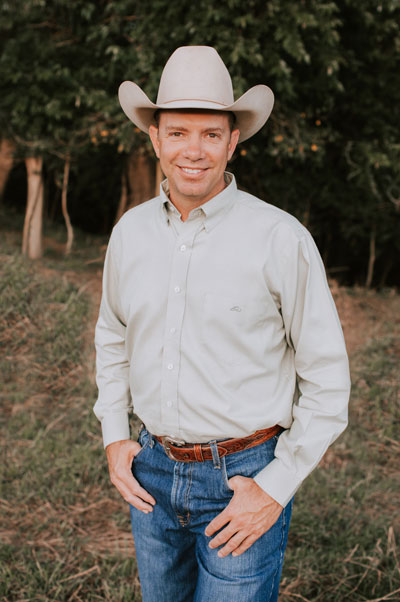
Meet the Author
A native of Colorado, Paul Dykstra grew up on a commercial cow-calf ranch in western Colorado and later earned a degree in animal science from Colorado State University. Paul worked as a feedyard manager for the U.S. Meat Animal Research Center in Clay Center, Neb., before joining the brand’s supply development team in 2002.
As the Director of Supply Management and Analysis for the brand, Paul combines his experience and knowledge to work closely with ranchers and feedyard managers to raise Angus cattle using the best management practices to enhance profitability by producing quality beef.
READ THE LATEST INSIDERS
Corn Basis Factors
The major shift in corn prices likely doesn’t entice cow/calf producers to consider retained ownership for the first time. Even though prices have been exceptional for calves and feeder cattle, it’s telling to take a look at feedlot breakeven projections to understand where prices are originating.
Premium Beef Remains in Fashion
Recent data shows the Choice carcass category has declined while the Select category has drifted higher. This supply data goes against what beef customers increasingly desire and are willing to pay for premium middle meats, thus rapidly elevating the Prime to Choice cutout value spread.
Carcass Weights Find Annual Low
A slow packing sector pace kicked off January 2022 with a quick recovery to more impressive daily harvest levels in February. Carcasses still tracked a heavier path than the prior year from February through early May, finally pulling lower. The annual average carcass weight low appears to have been made during the week of June 13.
